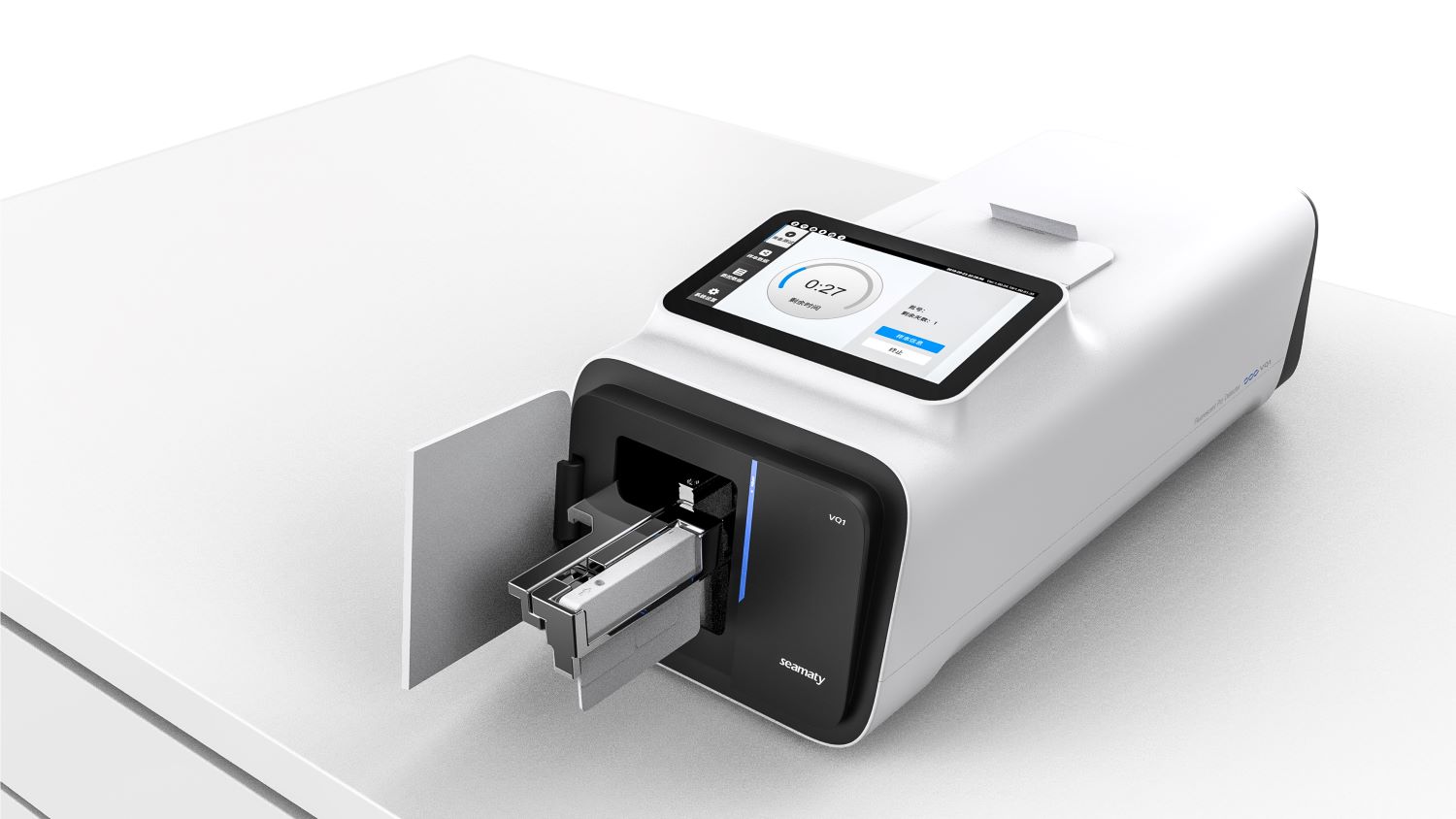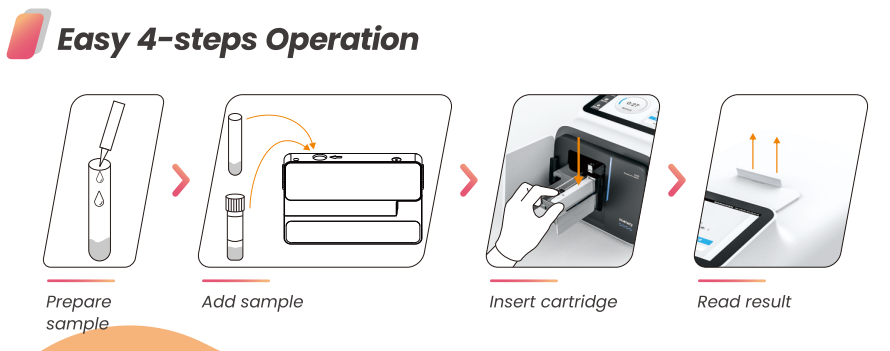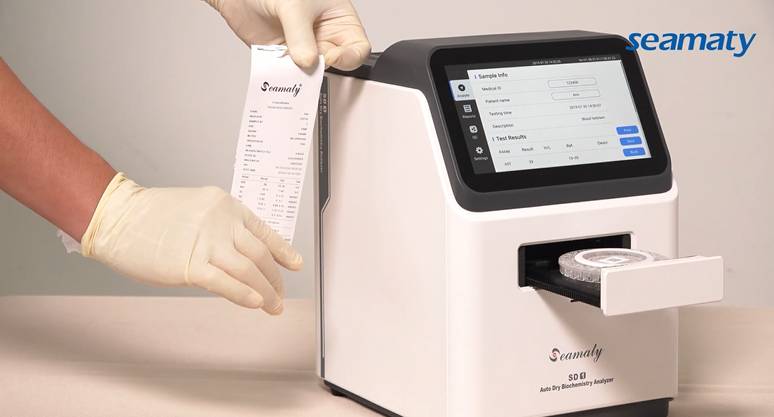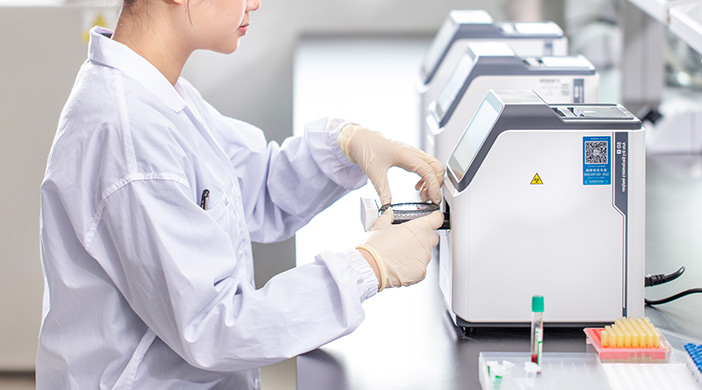release time:2024-06-25 16:29:08
In recent years, with the rapid growth of the pet industry and continuous improvements in veterinary medical services, pet health has become a focal point of concern. Infectious diseases, in particular, which spread quickly and have significant impacts, weigh heavily on the minds of pet owners. Since pets can't communicate their symptoms, early and accurate disease diagnosis is crucial for effective treatment. But how can we ensure early detection and timely treatment?
In clinical practice, the main methods for diagnosing pet diseases include biochemical testing, immunoassay, and nucleic acid testing. Nucleic acid testing, known for its high sensitivity and specificity, significantly shortens the detection window for infectious diseases and is considered the "gold standard" for diagnosing pet infections.
As a leading brand in the field of in vitro diagnostics for pets, Seamaty is committed to providing veterinarians with more efficient and accurate diagnostic tools. Building on years of technical expertise and experience, Seamaty proudly introduces its new fluorescent quantitative PCR system: the VQ1 Fully Automated Nucleic Acid Detection System.

The VQ1 requires only one step for sample addition and delivers results in just 40 minutes. Designed specifically for the veterinary diagnostic market, it features fully enclosed microfluidic reagent cartridges preloaded with lyophilized reagents, eliminating the need for complex liquid handling steps. The system is easy and safe to operate, featuring an independent temperature control module capable of rapid temperature changes (10℃/s), completing the entire qPCR process within 40 minutes. This technology significantly supports fast and accurate diagnosis of pet diseases, providing comprehensive, accurate, and convenient diagnostic solutions for veterinary hospitals and breeding centers.
Advanced high-temperature resistant lyophilization technology allows for ambient storage and transportation, with a shelf life of up to one year.

The launch of Seamaty's VQ1 Fully Automated Nucleic Acid Detection System marks a significant advancement in pet diagnostics. With its user-friendly design, rapid and precise testing capabilities, and comprehensive safety features, the VQ1 provides a powerful tool for veterinary professionals. This innovative system ensures early detection and treatment of infectious diseases in pets, ultimately contributing to better pet health and peace of mind for pet owners.

2022-01-28
Any test has its advantages and disadvantages, the key is to apply it in the right scenario. The operational process, especially the sampling process, needs to meet specifications.

2022-01-06
In the choice of biochemical analyzer, according to their actual work needs to choose the appropriate equipment is the best choice.The following main parameters of biochemical analyzer can be considered.

2022-01-05
Clinical biochemical tests allow the study of biochemicals in the human body in disease states and the changes in their indicators. Clinical biochemistry analyzers can be applied not only for routine testing of clinical biochemistry,